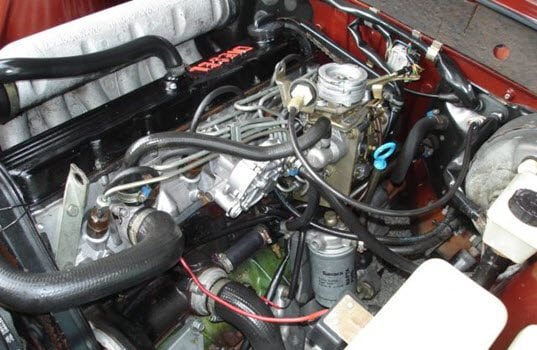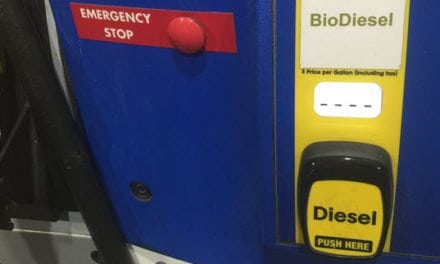Can we Prevent Deposit Formation?
Reducing contaminants will help reduce deposits. The presence of sodium and calcium salts can be significantly reduced by improving processing and distribution operations. This is especially critical for biofuels, blending of which has shown to increase deposit formation significantly. Biofuel manufacturing involves extensive use of sodium hydroxide in one of the stages. Completely removing sodium salts from fuel will help significantly to reduce deposit formation tendencies. Wet fuel is more susceptible to contamination by soluble inorganic salts such as sodium chloride and sodium hydroxide. Petroleum refineries can help significantly by ensuring faultless operation of the drying equipment and avoiding inorganic compounds from migrating into the fuel. Refineries, pipelines and service stations should ensure better housekeeping to remove water bottoms from storage tanks on a regular basis.
What can be done from the hardware side to help? One of the major deposit formation issues is the role of certain metals. OEMs can help by discontinuing the use of leachable and reactive metals such as zinc in the manufacture of FIE.
Are the current tests to ensure fuel quality adequate? – No one will disagree that a suitable and reliable test to ensure fuel quality is a must. But the test should be relevant to the situation at hand. The only fuel quality tests currently used are the DW10 tests with and without zinc doping (this test has replaced the Peugeot XUD-9 test and the Cummins L-10 test). For now, the DW10 tests are appropriate for the legacy fleet in Europe. However, are these tests universally applicable? It is true that the population of the sensitive engines in Europe warrants the test. Even if the OEMs stopped using reactive metals in the construction of FIE, there are enough vehicles on the road now with the sensitive injectors. However, is zinc doping a must for the rest of the world where there are hardly any of these sensitive injectors in use?
The situation in North America is a prime example of applying an unnecessary test. Many of the OEMs and fuel marketers require zinc doped DW10B testing even though none of the tests performed on FIE deposits taken from North American engines show the presence of zinc! Additionally, the DW10 is a light duty passenger car test whereas the North American market is mainly heavy duty. There are alternate ways to improve North American fuel quality such as:
- Reduce or avoid the use of highly aromatic blend stocks
- Reduce water content
- Avoid or eliminate inorganic salts
- Hydrogenate biodiesel
These measures will undoubtedly add to the cost of the fuel, but in the long run, they may prove to be more economical than replacing fuel injectors.
 Joe T Joseph, Ph. D. has extensive experience in the petroleum industry. He has worked with Amoco Oil Company and BP Products, N. A. for 30 years before retiring and starting his own Fuels Consulting Company. His major areas of expertise include petroleum refining chemistry, fuel formulation and performance, petroleum additive chemistry and application, lubricant base oil processing and biofuels processing. He has been the past Chairman of the Fuels Deposits Group of Coordinating Research Council. Dr. Joseph may be contacted at [email protected] and 1-630 420 8234
Joe T Joseph, Ph. D. has extensive experience in the petroleum industry. He has worked with Amoco Oil Company and BP Products, N. A. for 30 years before retiring and starting his own Fuels Consulting Company. His major areas of expertise include petroleum refining chemistry, fuel formulation and performance, petroleum additive chemistry and application, lubricant base oil processing and biofuels processing. He has been the past Chairman of the Fuels Deposits Group of Coordinating Research Council. Dr. Joseph may be contacted at [email protected] and 1-630 420 8234







